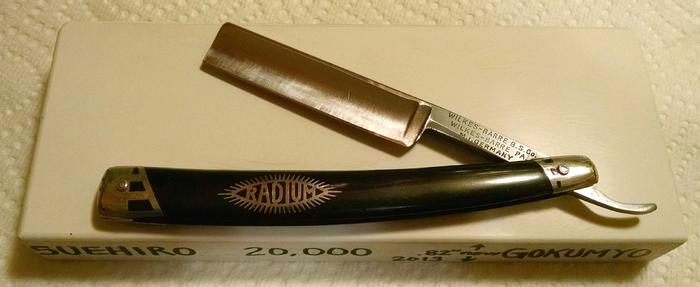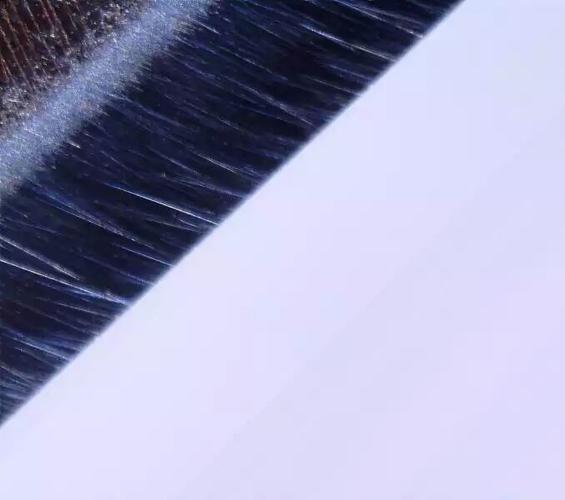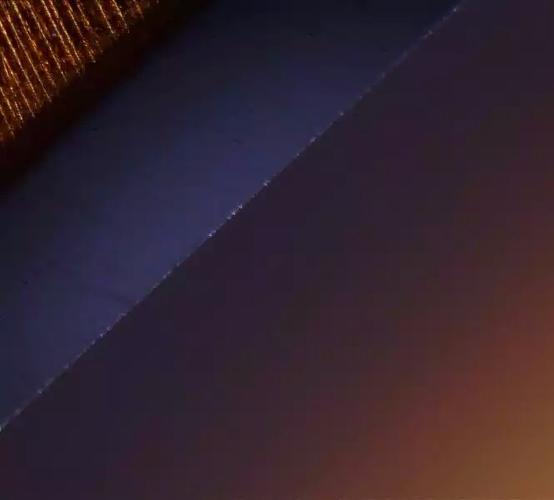Results 1 to 10 of 72
Thread: CBN strops.... a thought
Threaded View
-
01-11-2015, 03:56 AM #24Member

- Join Date
- Dec 2014
- Location
- Chesterfield, Missouri
- Posts
- 72
Thanked: 9
I'm getting confused. The photos show an edge that has some rough spots to my eye. Isn't the objective to hone the edge so that there is a consistency in "smoothness" from end to end (which should result in a comfortable shave)? Why would you use a 1K in your progression if the edge does not need to be reset? I'm still learning, so please don't be offended by my questions that may seem simplistic.


 52Likes
52Likes LinkBack URL
LinkBack URL About LinkBacks
About LinkBacks










 Reply With Quote
Reply With Quote